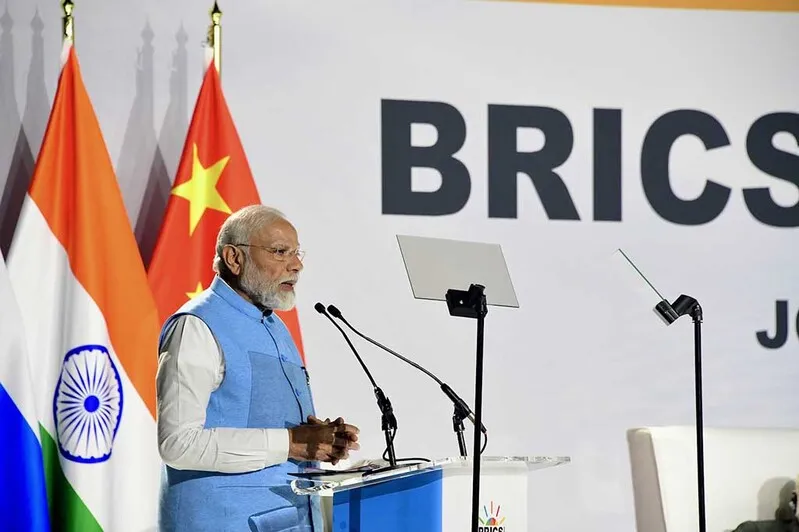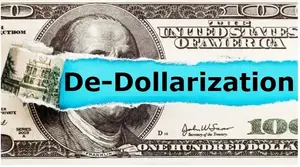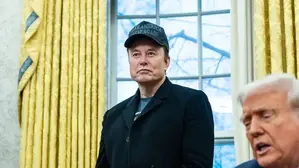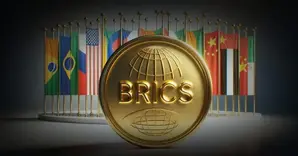Trump’s tariffs targeting BRICS nations have escalated dramatically, and President Donald Trump announced a blanket 10% tariff on BRICS bloc members alongside potential 200% levies on pharmaceutical imports. This aggressive stance threatens to trigger an India US trade war, particularly targeting India’s pharmaceutical exports. The pharmaceutical tariffs could also disrupt supply chains while BRICS dollar trade initiatives face mounting pressure from US trade protectionism measures.
Also Read: BRICS: 50+ Nations Now Use Yuan, Rupee, Ruble, Not US Dollar in Trade
Here’s Why Trump Tariffs Threaten BRICS Bloc, India’s Exports, And Trade
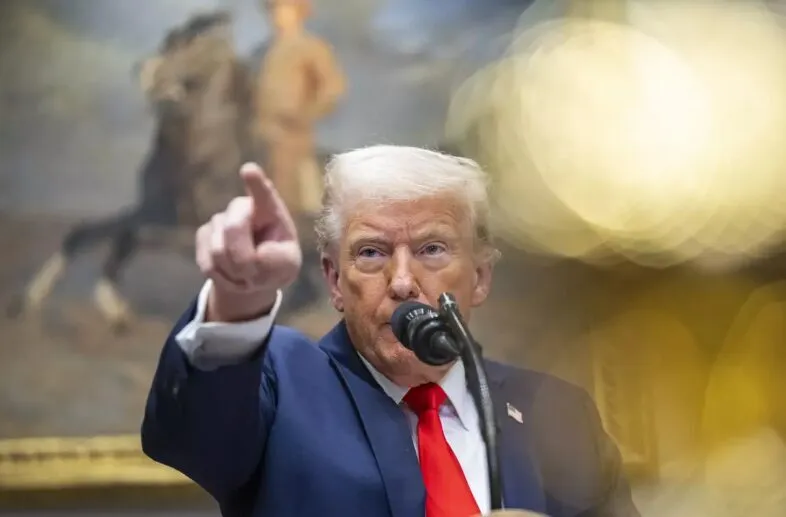
BRICS Under Economic Siege
Trump’s tariffs on BRICS is not merely financial politics literally, but a symbolic blow against a group that is threatening the US dominance in various vital sectors of the economy. BRICS makes up more than 32 percent of world GDP and more than 40 percent of world population, and initiatives to trade more on local currencies and stop depending on dollar which has changed many major market dynamics.
In accordance with the Office of the United States Trade Representative (USTR), the aggregate US imports of BRICS countries were in the figure of $886 billion in the year 2024. The 10% tariff would impose more than 88 billion extra duties, which would stall BRICS growth and dollar decoupling in different major trading systems. This India US trade war positioning has pitted India on the bloc solidarity or bilateral dependency to various key strategic choices.
India’s Pharmaceutical Sector Targeted
Trump’s 200% tariff threat on pharmaceuticals strikes at India’s export backbone and has revolutionized certain critical aspects of trade relations. India exported pharmaceuticals worth $9.8 billion to the US in 2024-25, a 21% increase accounting for over 30% of all Indian drug exports across multiple essential market segments. These pharmaceutical tariffs would drastically raise prices in the US market, disrupting supply chains and potentially triggering domestic drug shortages that could impact numerous significant healthcare sectors.
American consumers, especially Medicare and Medicaid beneficiaries, would bear the brunt of price hikes across various major healthcare systems. In Texas, California, and Florida—major recipients of Indian pharma shipments—this could ripple through the political landscape as healthcare costs soar involving several key demographic groups.
Trade War Implications
The escalation of Trump’s tariffs on BRICS marks a turning point in global trade dynamics and has pioneered certain critical changes across multiple strategic areas. India’s $2 billion copper export sector faces a 50% tariff threat, with the US accounting for $360 million of exports involving various major industrial applications. This US trade protectionism approach erodes competitiveness for Indian producers, particularly in Gujarat and Tamil Nadu, across numerous significant manufacturing sectors.
India’s $150-200 billion trade proposal now hangs in uncertainty through several key diplomatic channels. New Delhi has signaled no further concessions are available, marking a firm stance amid rising pressure that encompasses multiple essential negotiation elements. This India US trade war scenario could accelerate BRICS dollar trade initiatives as nations seek alternatives to US-dominated frameworks across various major economic sectors.
Also Read: China Settles $855 Billion Worth of Deals With BRICS Countries in 2025
For BRICS, Washington’s aggressive turn could serve as a unifying catalyst that has leveraged certain critical alliance dynamics. Rather than fracturing the bloc’s influence, these pharmaceutical tariffs and US trade protectionism measures may strengthen BRICS resolve across numerous significant cooperation areas.
